Peter of Pu-erh.sk was kind enough to send me a bunch of samples of his recent productions. This is a risky endeavour, because the drinking public (c'est moi) is notoriously fickle! I previously waxed lyrical about a 2009 Guafengzhai which is, I believe, not for sale, and a 2011 Mannuo which is for sale. Both were really very good.
Today's trio, I'm afraid, are a little less amazing. However, they made for an excellent session, and a fascinating tour of the region. They all have in common a very good production. Perhaps that which they also share is a tendency towards behaving like good leaves mixed with lesser leaves. Let's examine the facts...
He wrote, pompously presenting his opinions as facts. Naturally, you will take these as but one data-point in a series of noisy observations.
The Bangwei seems to have sold out, which is a good sign. Only samples remain. Peter notes a strong "bitter-sour" characteristic that turns sweet, in his product description.
As with all of these cakes, they look good. Peter, in his tours of Yunnan, has developed a good eye for a pretty leaf, as pictured above.
Bangweishan is in Lancang County of Simao prefecture, north of Xishuangbanna and south of Lincang prefecture. I used to confuse Lincang and Lancang for a long while, but am just about on top of it now. Lancang is a river (the Mekong), and a county, while Lincang is a prefecture (containing many counties).
The soup is yellow-orange; it has an uncomprising, robust kuwei [good bitterness] that I admire. The quality is obvious from its penetrating nature, its endurance, and the smooth-yet-complex series of textures and sensastions that give the attentive drinker something to discover.
After half-a-dozen infusions, however, it tastes rather mainstream, and is dominated by a rather rough, green, almost serrated flavour that reminds me of much lesser leaves. Have the good leaves, which were so obvious in the opening infusions, been "cut" with plantation leaves? I remember Nada, of Essence of Tea, recounting how one farmer from whom he sourced leaves confessed to this practice in some of his earlier dealings.
And so, we cracked open the Manzhuan - sourced from one of the canonical mountains in Mengla County of Xishuangbanna.
Here, there is much less room for manoeuvre. Everyone has tried plenty of "Banna" tea, and it remains a challenge to live up to expectations.
This cake opens well, with a dominant sweetness, and plenty of activity, and so initial impressions are very favourable.
The trouble is, as with the Bangweishan, a distinct tendency towards the ordinary, and rather rough, in a fairly short time.
As a brief test, I passed an anonymous cup to my dear wife, who was writing cards to members of the family, updating them with our latest news (more of which later). She took a sip, not knowing which tea she was drinking: "This is rather simple."
My wife's instantly-given comment does, I'm afraid, rather sum up this tea. It is so very hard to make good Mengla tea, and ensure that the leaves go the distance. I fear that this Manzhuan, weighing in at the equivalent of a sizeable $61.50 / 357g, can't deliver on its promises.
Finally, Yibang. This mighty mountain, also in Mengla County, is famous for small leaves, fruity down-to-earth characteristics, and plenty of fun. I've enjoyed many cakes (mostly from Yunnan Sourcing) from this and surrounding mountains over the years.
Hopes are high.
Actually, checking my notes, it seems that all of the Yibang cakes that I've had before were autumnal teas. This is a huge opportunity to impress, then, because the Pu-erh.sk leaves are from spring. I confess to being rather excited as the kettle gets underway.
It pours a straight yellow, which darkens rapidly in the air (pictured below). The scent is excellent in its potent fruitiness and sweetness, and so I remain hopeful that this cake has got it right.
It has a vibrant, dry-cereal aftertaste that I enjoy very much, and has fine cooling sensations in the finish, along with light numbness on the lips. The opening infusions have a seriously potent, heavy "chaqi" [or whichever nearest equivalent term your theology permits].
You know the outcome to this story, however: it has a somewhat empty body which, as infusions pass, becomes only more empty. I pile in more leaves in an attempt to compensate, so that the pot is entirely full, but this only delays the inevitable collapse into leafy green territory.
All of these teas opened well, which suggests that tasting maocha may be susceptible to the lure of the early infusion; only the best leaves (and those maocha not "cut" with lesser leaves) can make the sustained march into later infusions that is a prerequisite of good, proper pu'ercha, however.
Thanks again to Peter for the generous gesture in allowing me to try his output so far; there have been some genuinely impressive cakes in the line-up, and I look forward to seeing future successes in 2012 and years to follow.

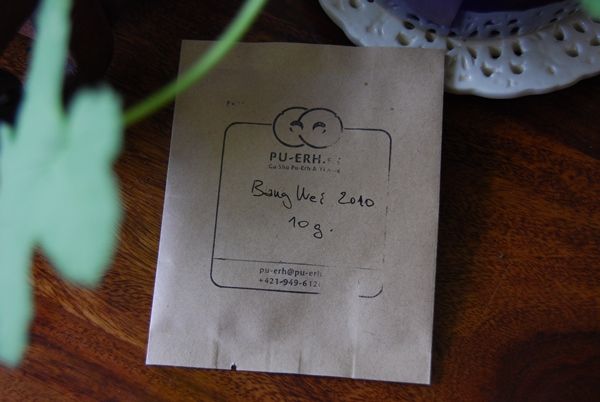

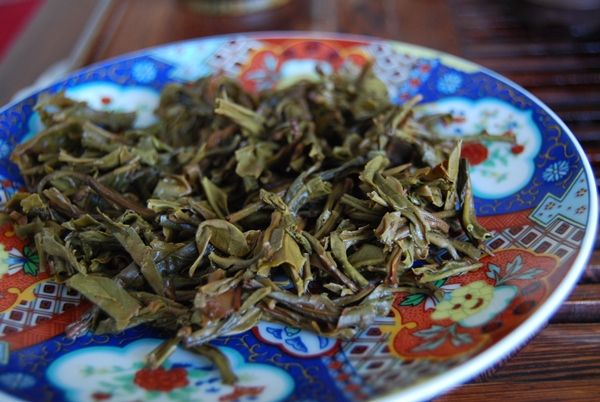
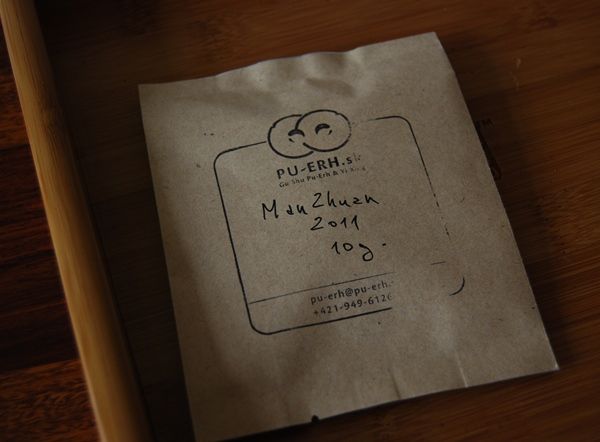
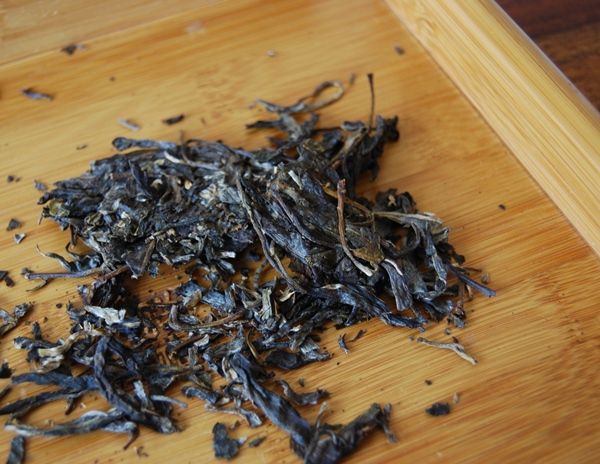
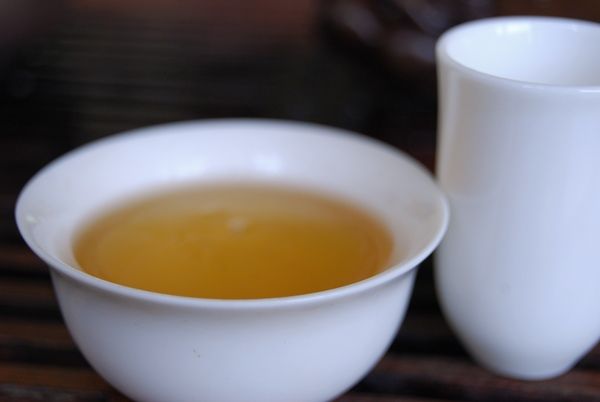
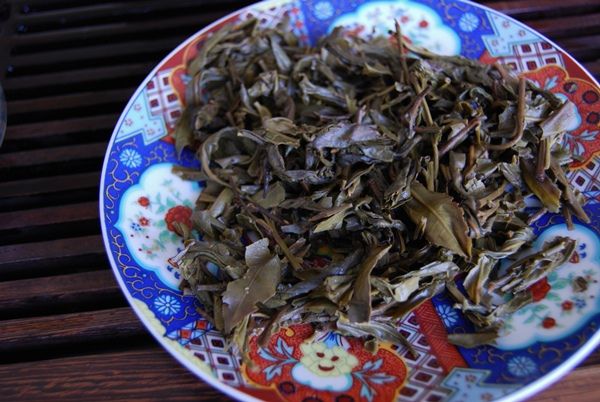
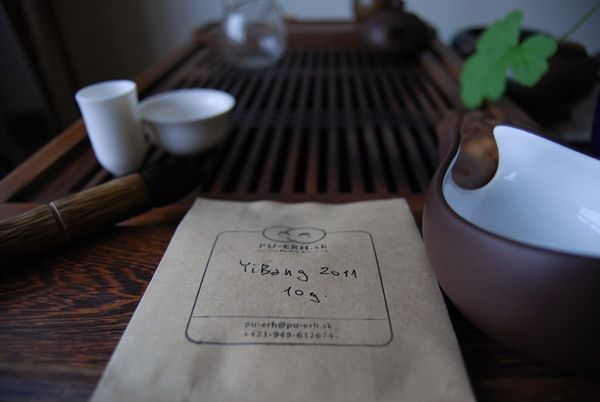
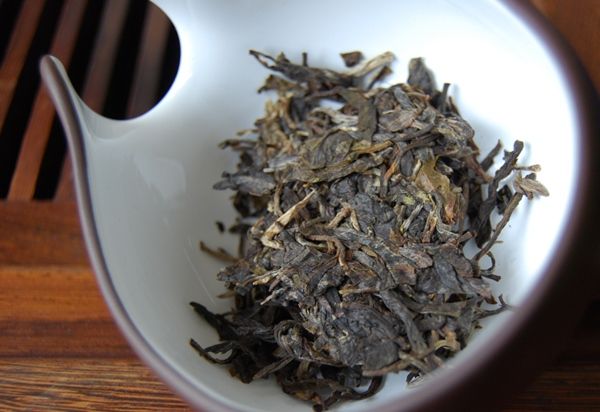
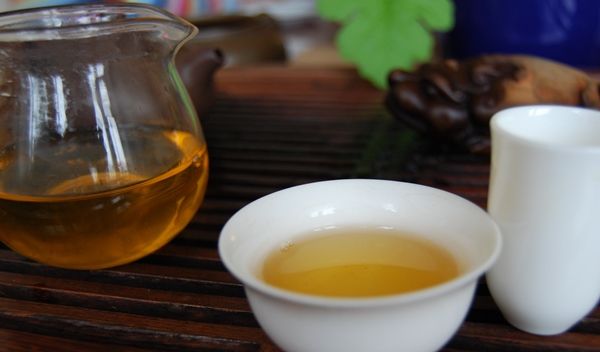
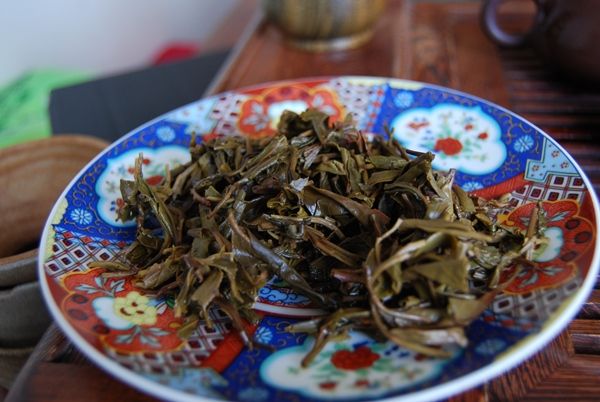
14 comments:
Hobbes, thank you for this reviews too. I appreciate your honest words and your down-to-earth approach to tasting teas that I have in common with you.
A few words to farmers 'blending' of tea leaves and generally to a new, growth-driven approach of chinesse people. It's hard to find a honest farmer and consequently a person who does a tea for you and tell you the whole story. If you don't live in the village you never get a true picture about the leaves you drink :-) Recent pu-erh 'boom' made farmers plant more tea trees to 'forest tea garden' and while picking the leaves they simply mix them with the older tea tree leaves. Also the chemical use on old trees makes me quit nervous about passing my 2012 shengs the EU pesticide tests in our country.
We will see how this all envolves in the coming years.
If your theory about the blending of these leaves is correct, Hobbes, then wouldn't it mean that you enjoy the taste of lesser, inferior quality leaves? Better leaves will always outlast inferior ones, so if there is a drop off the elements that dropped out should be the ones from the inferior leaves, one would imagine.
Puerh.sk: not to be rude, but if you can't trust your sources, and don't trust your own tongue enough to tell imitations apart from the real thing (not something easily done, of course) then why should others spend their hard-earned money on teas you're selling?
MashalN, I trust very much my tongue and also my intuition otherwise I would not be selling tea. Although one hardly tells if gushu leaves contain 20 or more percent of not gushu. I believe you too judge the tea by its taste, its impact on body, on mind, its changing characteristic during years. It wouldn't be good to say about good gushu blended with not gushu leaves from the same forest to be a bad tea, only it looses some of its more prevalent characteristics.
Wow. MarshalN served a double kungfu chop in one comment, one to Hobbes and one to Peter.
Reading the Bangwei comments, sounds a bit like my experience with a HLH fall yiwu. It's probably not a blend, but poor/inadvisable processing that you only notice if you brew more than 6 times.
--shah8
p.s., may as well add a ditto with MarshalN. Ambiguity is a tactic in all collecting manias--you got the right thing? People talk about these stories about some other scams in order to scam you by getting you to chase your own tail. In the broad experience, you see this most clearly with gold bugs. There's always some kind of scare going on, whether it's gold-plated tungsten, Feds taking your gold, hiding your gold...and there is someone there to take real cash for lumps of pretty metal or even more tangential services that's supposed to give "peace of mind".
Homey don't play dat. Pu-erh.sk can't just pass on the typical ambiguities and frustration from the farmers maocha pile to us. As a vender, the essence of his/er job, as an intermediary, is to filter the crap out. Saying that the farmers do it to us, is a very poor public relations play. Either do the job you set out to do, well, and stand by your products with confidence (like oh, sending samples for pesticide testing if you feel you need to), or get out of the kitchen. Consumers want to support good vendors, but notice the word, "good", there.
Dear Peter,
Thanks for the comments; it's been great fun to try the cakes, and I'm very glad that you're making them. Your outfit is very popular, it seems, and I've arrived late to the party. Thanks to Tomas and Jakub for providing samples, too.
Dear Marshaln,
I disagree with your assertion that good leaves will always outlast bad leaves, which is, of course, where my article stands: bad leaves will become rough quite quickly, and can easily dominate a smooth, elegant better leaf, given highly negative, corrosive character of the former.
Such an effect becomes more prevalent when the bad leaves outnumber the good leaves, I imagine. How many times have you had a cake that opens well, with good laoshu characteristics, only to later become dominated by rough green plantation? It is a common ending. The best cakes avoid this, of those that I have had. Several of the Puerh.sk cakes stay charming the whole time, for example.
Naturally, as I mentioned, these are all my opinions, which I pompously present as facts. Each to their own, as always.
I trust that you are enjoying your summer in Hong Kong.
Dear Shah,
I'm afraid I didn't understand all of your post! I must add that Peter's outfit operates in a decently transparent way, and that I have confidence in buying his cakes. You get the idea that it is an operation run by someone who likes tea. I'm sure if we were buying leaves, we'd be up against the same obstacles. Rather him than me - I'm a dreadful negotiator. :)
Toodlepip,
Hobbes
I understand that my comment was made with aggression and force. However, place it in a different context...
"Also Gulf being so full of BP's chemicals makes me quite nervous about passing my latest catch of boutique shrimp, they might not even pass FDA inspection!"
Do you get why this isn't a great way to communicate with your customers?
I mentioned the gold-bug stuff because I've had it up to here (even though I can't buy tea these days), with all the games that are going on with tea these days. So much of it is purity-trolling hoping to get customers suspicous of any other venders but the one peddling the nonsense. This year, there has been waves upon waves of rumor-mongering and lax reporting about how such and such tea is dangerous for you in the Sinosphere these days, with nothing really any different other than "of course, not using common sense is bad for you!" With no new concrete rules of thumbs for any consumers.
--shah8
Shah8,
Some mercy for pu-erh.sk; always caveat emptor, however much more so in China...
I can see that some words and a lack of information gives an unexpected results. I am talking about my mention of pesticide tests. These tests are complusory for all green and black teas (aimed for furhter sale) entering EU borders from China. Pu-erh tea has no special category in the customs lists so falls within these two. So I am not sending my teas for tests as a result my suspicion, as I don't believe/trust my source or otherwise I doubt it, if did I would not buying tea at all from it.
Peter's comments are more a comment on the process of buying and selling leaves than anything else. I've heard of many cases where even the most scrupulously supervised cakes can be adulterated in some way, if the tea farmer has a mind to do so. There's only so much that a buyer can do, and I am quite happy that Peter and his peers from the other usual suspects from whom we buy tea are trying as hard as is reasonable, short of picking and processing the tea themselves, which isn't practical.
Buying anything in China is fraught with problems; it really is quite staggering the extent to which unscrupulous sellers will stoop in order to make even the smallest profit margin. Horror stories abound in fruit, vegetables, water, furniture - you name it, there's someone willing to do something unimaginably dreadful to you and your family in order to make a few measly RMB. Pu'ercha is the least of most Chinese people's worries. :)
Toodlepip,
Hobbes
Dear Hobbes,
Interesting information here. I think there's a name for the inferior leaves you're referring to - they're called green tea. Proper puerh, even when it's low grade (think big factory blends), should get less rough, not more. Menghai factory teas, for example, all end on a nice, sweet note once you get past 8-10 infusions. Greens, on the other hand, start out smooth and get rough as you brew it more. You only mentioned roughness in the Bangwei - was that the case for all three samples?
Just looking at the rather small pictures on puerh.sk's website, it does look as if we've got two or more teas mixed in some of the cakes. Pictures like that are hardly conclusive though, so it remains one little hint of what might be going on.
Dear Marshaln,
Thanks for the reply. I'm referring to the harsh, rough, often ascerbic characteristic that aggravates the tongue and throat in lesser teas. Even modern Menghai manages to do this, sometimes. My opinion (not a fact!) is that this is due to the contribution of plantation leaves. It is entirely absent in laoshu leaves.
Toodlepip,
Hobbes
Dear Hobbes,
All sorts of things can affect how a tea feels - age of tree is only one of them. Equally, if not more important, are things like weather at time of harvest, post-processing, etc. It's rather difficult to pinpoint one cause as the reason.
Quite so - there are many free variables involved in horticulture. It is a massively multivariate, high-dimensional space!
Post a Comment